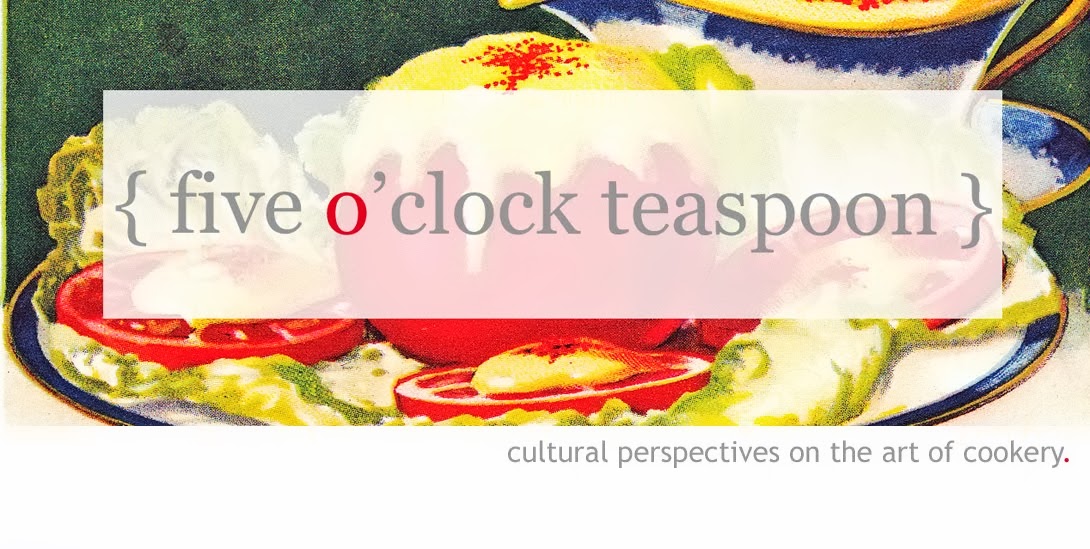In North America, the white mulberry, morus alba, (native to China) is one of very few trees that produces berries that are desirable for human consumption. While white mulberry leaves are valued as a feed for animals and silkworms, the fruit is often passed over for the sweeter red or black mulberry varieties. It is a prolific bearer of fruit and if the berries lack the rounded flavor of darker varieties, they offer up subtler floral notes that respond well in culinary uses.
Since their color will not bleed over other fruit, they are an excellent choice for a multi fruit tart. I combined them with peach and because I needed a few more berries for the filling, added a few chopped strawberries. Any fruit combination will work well with these modest summer gems. Mulberry trees can grow up to 30 feet high and so the berries are often harvested when they fall to the ground. When ripe, the berries appear glossy and juicy, and sometimes acquire a damask blush. Give them a good soak to remove any dirt before cooking.
Recipe
White Mulberry Peach Lattice Tart
Ingredients, for a 7" tart
1 1/2 - 2 cups white mulberries
1 large peach, peeled and chopped
1/8 cup sugar
Juice of 1/2 lemon
1 egg, beaten with a little milk
1/2 Tbs butter
Chilled piecrust dough
1. Preheat oven to 350°F. To clean mulberries, place in a large bowl and fill with water so that dirt falls to the bottom of the bowl. Remove berries with a slotted spoon, discard dirty water and repeat 2 times or until water is clear. Place berries on a towel to dry.
2. Combine whole berries with chopped peach. Sprinkle with sugar and lemon juice and stir to coat evenly. Set aside while you line the tart pan with the crust. Pour in fruit, dot with butter and cover with strips of piecrust in a lattice weave. Brush lattice crust with beaten egg mixture. Bake for 45 minutes to an hour or until crust is golden.












